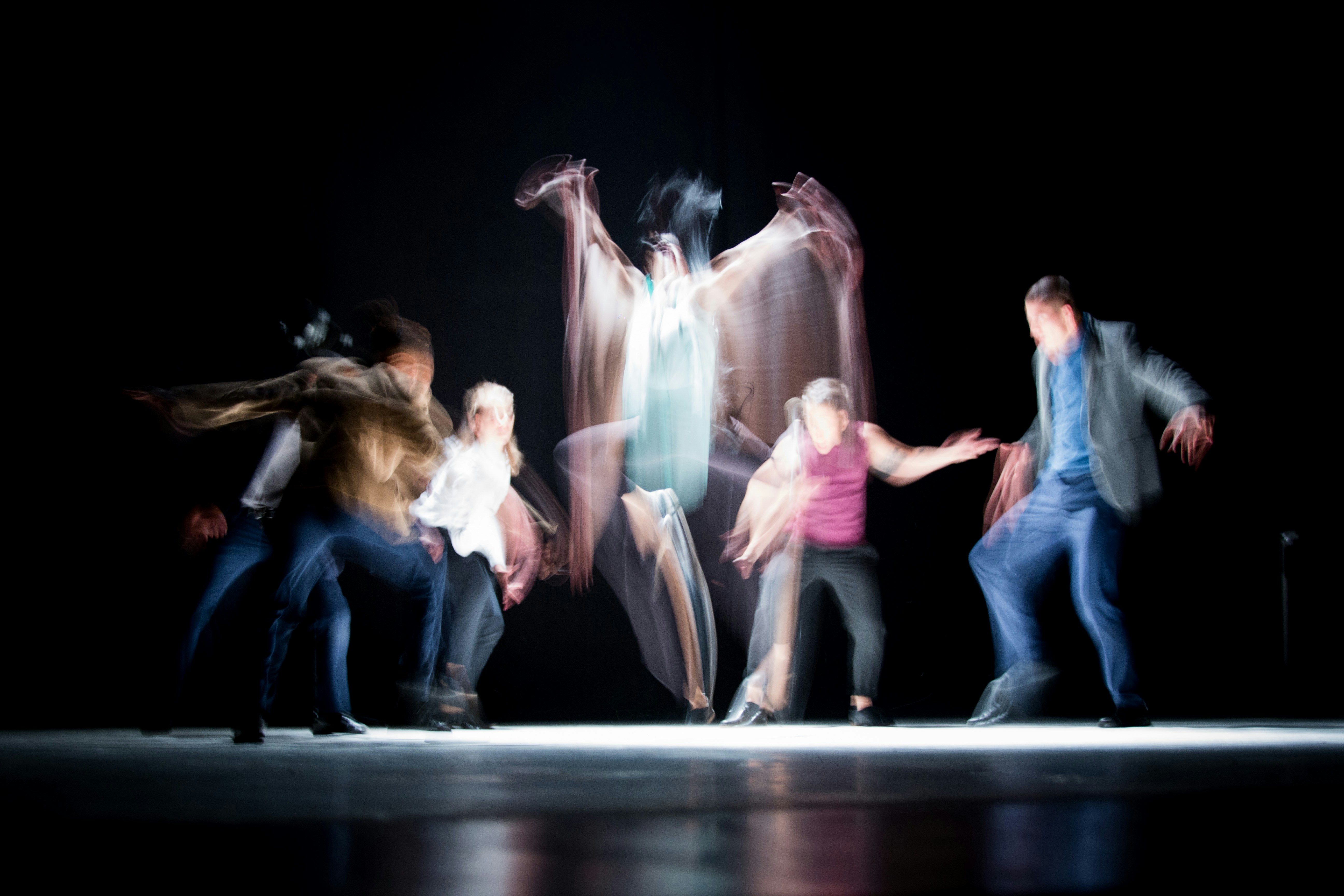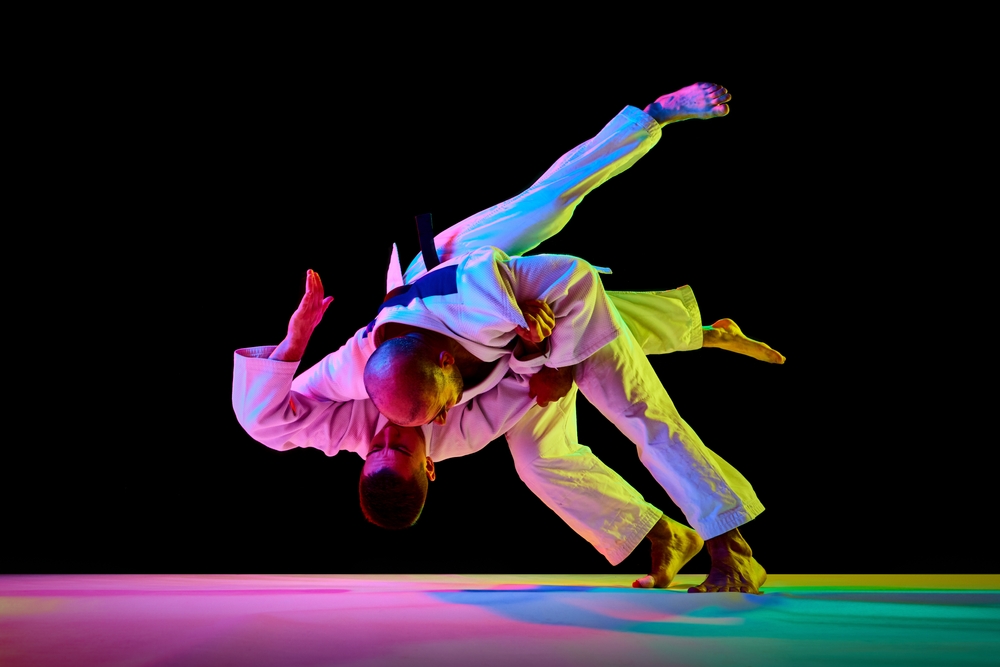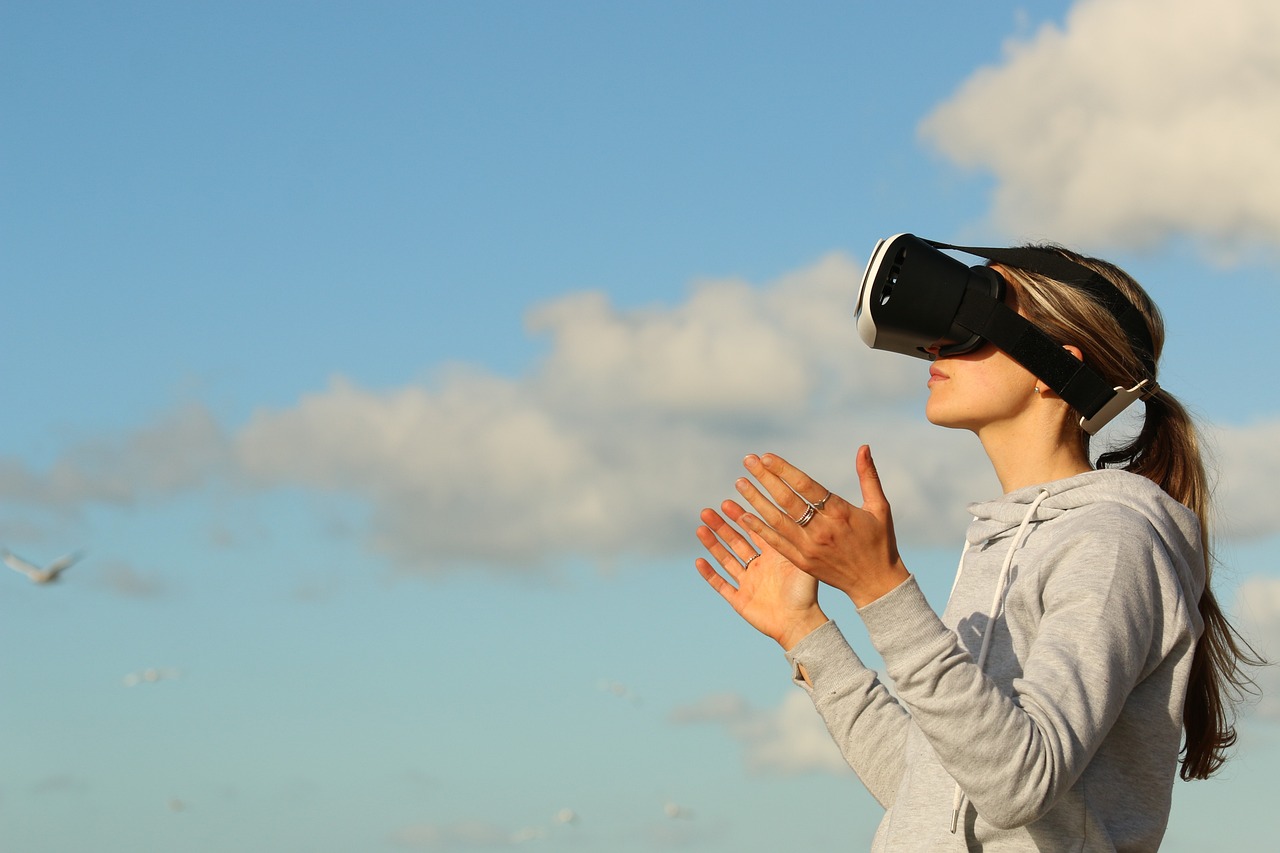Reframing Artistry: The Intricate Dance of Choreography in Film
Introduction: Dive into the world of cinematic choreography, an art form that transcends the boundaries of dance, theater, and film. Discover its evolution, its role in shaping today's entertainment industry, and its influence on audience reception. Dance has always been a form of expression, a way to tell stories without uttering a single word. When the film industry took off in the early 20th century, the potential of dance as a storytelling medium was quickly recognized. Movie musicals of the 1930s, like '42nd Street' and 'Top Hat,' paved the way, using dance numbers as pivotal moments of emotional expression and narrative progression.

Choreography on Film: Current Trends
In recent years, choreography in film has been undergoing a transformation. While dance sequences were once confined to musicals, they’re now found in a variety of genres. Take, for example, the movie ‘La La Land,’ which employs dance to showcase the characters’ developing relationship, or ‘The Shape of Water,’ with its surreal, dreamlike waltz sequence. These films prove that dance can be an integral part of any story, used to convey emotions, build tension, or reveal character traits.
Impact and Significance: Choreography’s Role in Film
The impact of choreography on the viewer’s experience cannot be understated. A well-executed dance sequence can make a movie memorable, as evidenced by iconic scenes like the lift in ‘Dirty Dancing’ or the ‘Jai Ho’ finale in ‘Slumdog Millionaire.’ Choreography can heighten emotional stakes, create visual spectacle, and even serve as a narrative device, advancing the plot in unique and creative ways.
Reception and Influence: The Audience’s Perspective
Audiences today are more discerning and critical, appreciating the nuances and complexities of choreography in film. This appreciation is evident in the box office success of movies like ‘Black Swan’ or ‘La La Land,’ where dance plays a significant role. Furthermore, the rise of dance-focused reality shows has also contributed to a greater understanding and appreciation of choreography, influencing the way audiences perceive dance in film.
Choreography in Film: The Future
As the line between different art forms continues to blur, the role of choreography in film is expected to grow. With advancements in technology providing new platforms and possibilities, choreographers are poised to create even more innovative and captivating sequences. Imagine the potential of virtual reality technology to immerse viewers in a dance sequence, or the use of artificial intelligence to choreograph movements that push the boundaries of human capability.
In conclusion, choreography in film is an evolving art form, one that has significantly impacted the entertainment industry. Its ability to convey emotions, tell stories, and captivate audiences will ensure its continued prominence in the cinematic world. As we look ahead, the dance of cinematic choreography promises to be an exciting, dynamic spectacle, continuing to push the boundaries of our imagination.




